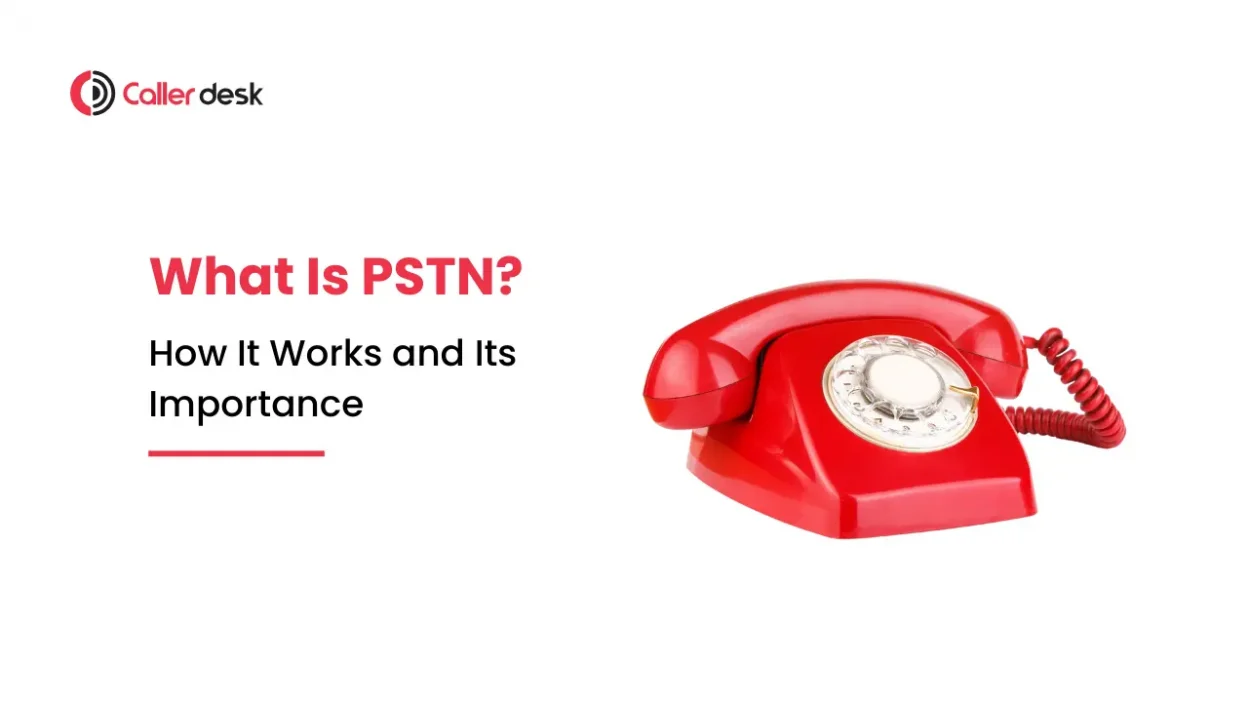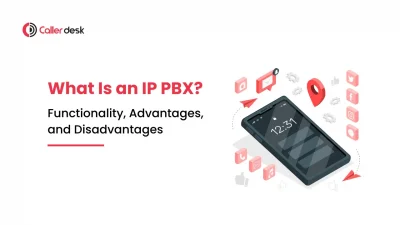Did you know that despite the rise of digital communication, over 50% of global voice communication still relies on the Public Switched Telephone Network (PSTN)? For business owners and IT professionals, understanding PSTN in 2025 is crucial for navigating the present and future of telecommunications. Let’s explore what PSTN is, how it works, and why it remains important.
What is PSTN?
The Public Switched Telephone Network (PSTN) is the traditional phone system that has connected people for more than a century. It’s the global network of landline and mobile carriers that lets anyone call anyone, anywhere. The PSTN is built on copper wires, fiber cables, cell towers, satellites, and undersea cables, all linked together by switching centers. When you make a call, it creates a dedicated line between you and the person you’re calling using circuit-switched technology, so your conversation travels directly until it reaches the other phone.
How Does PSTN Work?
PSTN operates through a series of steps to ensure seamless voice communication:
1. Call Initiation:
- When you dial a number, your phone converts your voice into electrical signals.
- These signals are converted from analog to digital for transmission across the network.
- The dialed number is sent to the local exchange, which decides where to send the call.
2. Signal Transmission:
- The local exchange processes the number and directs the call through a network of switches and exchanges.
- These switches employ circuit-switching technology to create a direct and dedicated connection between the caller and the recipient.
- This method ensures a stable and continuous connection.
3. Call Establishment:
- Once the call is routed through the exchanges, a dedicated circuit is set up between the caller and the recipient.
- This circuit ensures the call remains connected without interruptions, providing high call quality.
4. Call Termination:
- After the conversation ends, the call is terminated, and the circuit is disconnected.
- This disconnection frees up resources, making the line available for other calls.
Importance of PSTN in 2025
1. Reliability
PSTN offers excellent call quality and reliability due to its well-established infrastructure and redundancy protocols. The dedicated circuits ensure that calls are less likely to drop or suffer from interference, making PSTN a dependable choice for critical communications.
2. Universal Accessibility
PSTN is widely available, even in remote or underserved areas where digital networks may not reach. This extensive reach ensures that everyone has access to reliable communication, making PSTN an essential service in many parts of the world.
3. Emergency Services
PSTN is crucial for emergency services because it provides accurate location information and reliable connectivity. Emergency calls made through PSTN can be traced to a specific location, which is essential for dispatching aid quickly and accurately. The reliability of PSTN ensures that emergency services remain accessible even during network outages or disasters.
4. Future of PSTN
As digital communication technologies continue to evolve, the role of PSTN may change. However, its legacy and existing infrastructure will keep it an important part of global telecommunications for a long time. Innovations like Airdial show how traditional systems can be updated to meet today’s needs, potentially integrating with modern technologies to offer hybrid solutions.
Conclusion
Understanding the workings and importance of PSTN in 2025 highlights the enduring value of this technology. While newer technologies like VoIP offer many benefits, PSTN remains reliable, widely accessible, and crucial for emergency services, ensuring its continued relevance.
Explore how CallerDesk can help you integrate PSTN with modern communication technologies to optimize your business communications. Contact us today for more information on enhancing your telecommunication infrastructure.



